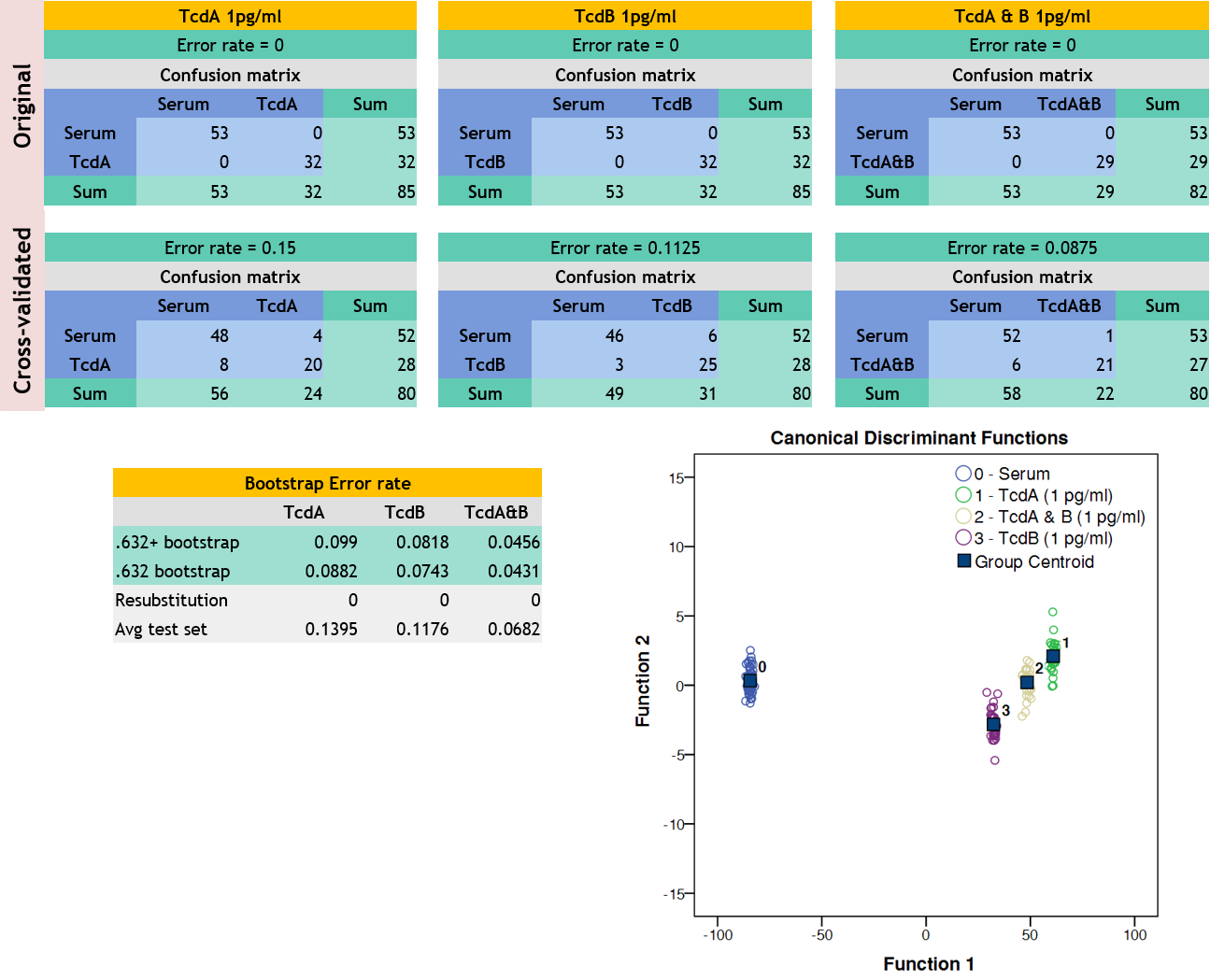M. R. Borrelli1, M. S. Hu1, W. Hong1, G. G. Walmsley1, M. P. Murphy1, M. Lopez1, R. C. Ransom1, H. P. Lorenz1, M. T. Longaker1 1Stanford University,Plastic Surgery And Pediatric Regenerative Medicine,Palo Alto, CA, USA
Introduction:
An urgent biomedical need exists to repair both soft tissue and skeletal defects. With a growing incidence of comorbidities such as diabetes, peripheral vascular disease, and obesity, the number of chronic, non-healing wounds is increasing rapidly, costing the United States over $25 billion per year. Additionally, repair and reconstruction of the craniofacial skeleton represents a significant burden with over 50,000 craniotomies/craniectomies per year accounting for $585 million in medical care. We previously demonstrated that the supraphysiologic transplantation of macrophages delivered in a pullalan-collagen composite biomimetic hydrogel scaffold accelerated wound healing in wild type and diabetic mice through a mechanism related to angiogenesis. However, the effect of macrophage transplantation in skeletal defects is yet unknown. Herein, we perform supraphysiologic transplantation of macrophages into cranial defects to assess for improved healing.
Methods:
CD1 athymic nude mice at 60 days of age were anesthetized and unilateral full-thickness critical-size calvarial defects (4 mm in diameter) were created in the non-suture associated parietal bone. Mouse macrophages (1.0 x 10^6 cells), that were isolated from FVB-L2G mice and seeded onto hydroxyapatite-poly(lactic-co-glycolic acid) (HA-PLGA) scaffolds and incubated overnight, were placed into the cranial defects. Micro-CT evaluation was performed at 0, 2, 4, 6, and 8 weeks. Osseous healing was quantified using Adobe Photoshop. Three-dimensional in vivo imaging system (IVIS)/micro-CT was used to determine survival of macrophages in vivo.
Results:
Whereas supraphysiologic transplantation of macrophages accelerated healing of full-thickness cutaneous wounds, macrophage transplantation did not improve healing of critical-size calvarial defects through 8 weeks following creation of defects (p>0.05). This was confirmed with histology. Three dimensional IVIS/micro-CT demonstrated survival of macrophages through 8 weeks.
Conclusion:
Although macrophage transplantation accelerates wound healing via increased angiogenesis, supraphysiologic delivery to critical-size calvarial defects had no effect despite survival of transplanted macrophages. Further research may elucidate the exact mechanism that allows macrophage transplantation to accelerate healing of cutaneous wounds, but not cranial defects.










